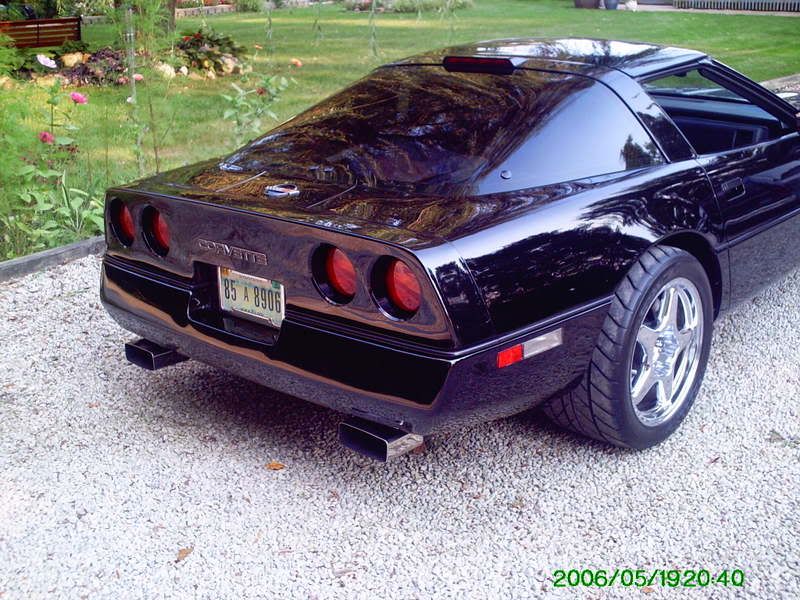This synthetic product is sometimes sold as a paint protective sealant or cleaner sealant. Some automobile manufacturers who market these products advertise Teflon products as an extremely long lasting product, with a protection span for your vehicle’s finish for anywhere from one to five years (sometimes longer). Unfortunately, this claim is dubious.
“If nothing sticks to Teflon, how does Teflon sticks to the pan?”
The answer is: “IT DOESN’T”. The bonding between Teflon and the pan is mechanical. The surface of the pan is etched and the Teflon is applied at temperatures over 640° F. Teflon simply dries in the etched pan and mechanically adheres to it.
In order to protect any surface with Teflon, it has to be applied at a very high temperature (over 640 F). Applying a spray-on version of Teflon or mixing the Teflon with water does not effectively bond the Teflon to the surface it is being applied to. The chemical formulation necessary to make a good bond cannot be completed at low temperatures.
Even if it was possible to bond Teflon to the vehicle paint, Teflon would give a dull, flat appearance on the vehicle’s surface, since it is a dull product. So if a large enough quantity is used to “protect” the paint, the paint will, in fact appear dull, this makes the entire procedure all but useless.
Even the manufacturer of Teflon does not recommend using it as a car wax additive. DuPont Chemicals (The producer of Teflon®) has stated: “The addition of a Teflon® Fluor polymer resin does nothing to enhance the properties of a car wax. We have no data that indicates the use of Teflon® is beneficial in car waxes.”
Teflon Based waxes and Sealants


